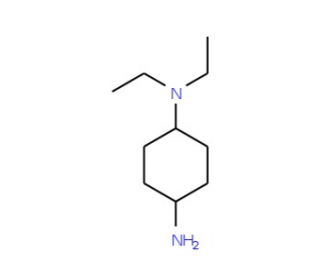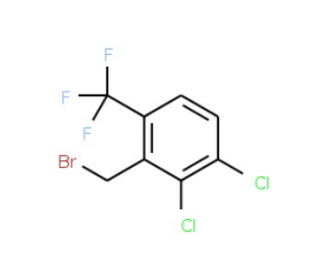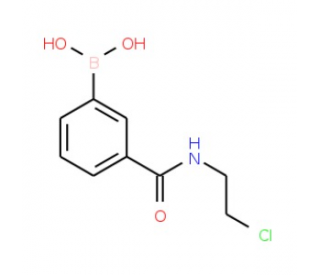详细说明
Species Reactivity
Human
Specificity
Detects human Glypican 3 in ELISAs and Western blots. Does not cross-react with recombinant human (rh) Glypican 2, rhGlypican 5, or rhGlypican 6.
Source
Monoclonal Mouse IgG 2A Clone # 307801
Purification
Protein A or G purified from hybridoma culture supernatant
Immunogen
Mouse myeloma cell line NS0-derived recombinant human Glypican 3
Gln25-Val558
Accession # P51654.1Formulation
Supplied in a saline solution containing BSA and Sodium Azide.
Label
Alexa Fluor 488
Applications
Recommended
ConcentrationSample
Flow Cytometry
5 µL/10 6 cells
See below
Please Note: Optimal dilutions should be determined by each laboratory for each application. are available in the Technical Information section on our website.
Data Examples
Flow Cytometry | Detection of Glypican 3 in HepG2 Human Cell Line by Flow Cytometry. HepG2 human hepatocellular carcinoma cell line was stained with Mouse Anti-Human Glypican 3 Alexa Fluor® 488‑conjugated Monoclonal Antibody (Catalog # FAB2119G, filled histogram) or isotype control antibody (Catalog # , open histogram). View our protocol for . |
Preparation and Storage
Shipping
The product is shipped with polar packs. Upon receipt, store it immediately at the temperature recommended below.
Stability & Storage
Protect from light. Do not freeze.
12 months from date of receipt, 2 to 8 °C as supplied.
Background: Glypican 3
Glypicans (GPC) are a family of heparan sulfate proteoglycans that are attached to the cell surface by a glycosylphosphatidylinositol (GPI) anchor. Six members of this family have been identified in mammals (GPC1-GPC6). All glypican core proteins contain an N-terminal signal peptide, a large globular cysteine-rich domain (CRD) with 14 invariant cysteine residues, a stalk-like region containing the heparan sulfate attachment sites, and a C-terminal GPI attachment site. While glypican proteins do not share strong amino acid sequence identity (they range from 17-63%), the conserved cysteine residues in their CRDs suggests similarity in their three‑dimensional structure (1, 2).
Mutations in GPC3 cause a rare disorder in humans, Simpson-Golabi-Behmel Syndrome, which is characterized by pre and postnatal overgrowth of multiple tissues and organs and an increased risk for developing embryonic tumors (3). These features are also present in the mouse knock-out of GPC3 indicating that GPC3 regulates cell survival and inhibits cell proliferation during development (4). Glypican 3 has been implicated in regulating many different signaling pathways including: IGF, FGF, BMP, and Wnt. An endoproteolytic processing of GPC3 by proprotein convertases is required for the modulation of Wnt signaling (5). Direct interaction with FGF-basic has been observed and is mediated by the heparan sulfate chains (6).
References:
Filmus, J. and S.B. Selleck (2001) J. Clinical Invest. 108:497.
De Cat, B and G. David (2001) Seminars in Cell & Dev. Biol. 12:117.
Pilia, G. et al. (1996) Nat. Genet. 12: 241.
Cano-Gauci, D.F. et al. (1999) J. Cell Biol. 146: 255.
De Cat, B. et al. (2003) J. Cell Biol. 163:625.
Song, H.H. et al. (1997) J. Biol. Chem. 272:7574.
Entrez Gene IDs:
2719 (Human); 14734 (Mouse); 25236 (Rat)
Alternate Names:
DGSX; Glypican 3; glypican proteoglycan 3; glypican-3; GPC3; GTR2-2; heparan sulphate proteoglycan; Intestinal protein OCI-5; MXR7; OCI5; OCI-5; secreted glypican-3; SGB; SGBS; SGBS1SDYS










 粤公网安备44196802000105号
粤公网安备44196802000105号